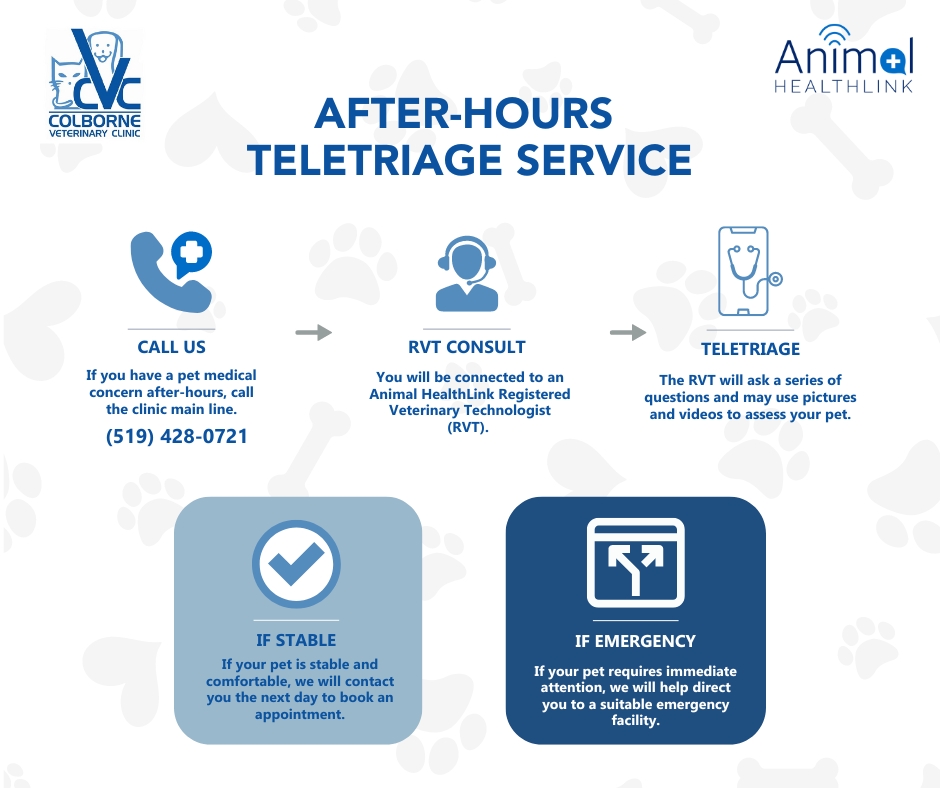Library
-
Once a pet has lost some weight, the new goal is to make sure that excess weight stays off. Pet parents who partner with their veterinary health care team for support and who focus on changing their behaviors often have the most success. Examples of some changes include using a different food or a different feeding method, focusing more on portion control, and incorporating some movement or activity time into each day. This article addresses several commonly asked questions about how to help a pet during the maintenance phase (after the weight has been lost).
-
Glamorous and sweet, gentle and spirited, the Maltese has a long history as a treasured lap dog, sleeve dog, and close personal companion, especially to ladies at court. It is not hard to see why - the Maltese has the look of a tiny white angel and the manners to match.
-
Feral cats are fiercely independent and survive (but may not thrive) without the help of humans. They avoid people and hide, back away, or flee when they spot humans. Lack of immunization, parasite control, adequate nutrition, and hygiene put feral cats at risk of many life-threatening problems. TNR (Trap, Neuter, and Release) programs are the hallmark of controlling feral cat populations.
-
Sleek and handsome in black-and-tan with his whip-like tail and his prick ears, the Manchester Terrier is one of the original terriers, and carries himself with all the majesty and confidence befitting an aristocrat. Even so, the Manchester is not above a good hard chase after a critter, and most will curl warmly into the laps of their favorite people so you can admire them up close, of course.
-
Mastiffs are mellow and many are happy just watching family ballgames from the sidelines, cheering their kids on with a wag or a woof. Some, however, might happily join in to steal the ball or play a short game.
-
For most cats, a visit to the veterinarian is an overwhelming experience. If your cat’s veterinary appointment is for a routine wellness examination, your veterinarian may prescribe a sedative or antianxiety medication. Natural medicines, also known as complementary therapies, cover a wide range of products including herbs, nutraceuticals, supplements, and homeopathic remedies and may be beneficial in treating your anxious cat. Products such as Feliway® and Rescue Remedy® are examples of natural therapies that may be helpful in reducing your cat’s stress. One of the most important ways to decrease your cat’s anxiety level is to remain calm and relaxed during the visit as this will help reassure your cat that she is safe.
-
Meyer's parrots are generally small- to medium-sized parrots with a very outgoing personality. They are very colorful and playful parrots. A hand-tamed Meyer's parrot makes a wonderful family pet.
-
Microchipping Your Dog
Es importante asegurarse de que su perro dispone de un sistema de identificación, ya sea el perro más querido por la familia o un valioso animal de exposición. La identificación permanente se ha diseñado para ofrecer un modo útil de reunir los perros extraviados con su propietario.
-
The purpose of pet microchips is to provide permanent identification. Microchips are tiny, about the size of a grain of rice, and contain a unique identification number. They are inserted with a needle under the skin between the shoulder blades. A microchip reader detects the electronic code embedded in the chip and displays the identification number on its screen. The registration database is then checked for this identification number (either online or by telephone), and the pet owner's contact information is retrieved. A microchip is the most reliable way to reunite lost pets with their owners and may also be required for international travel.
-
The purpose of pet microchips is to provide permanent identification. Microchips are tiny, about the size of a grain of rice, and contain a unique identification number. They are inserted with a needle under the skin between the shoulder blades. A microchip reader detects the electronic code embedded in the chip and displays the identification number on its screen. The registration database is then checked for this identification number (either online or by telephone), and the pet owner's contact information is retrieved. A microchip is the most reliable way to reunite lost pets with their owners and may also be required for international travel.


